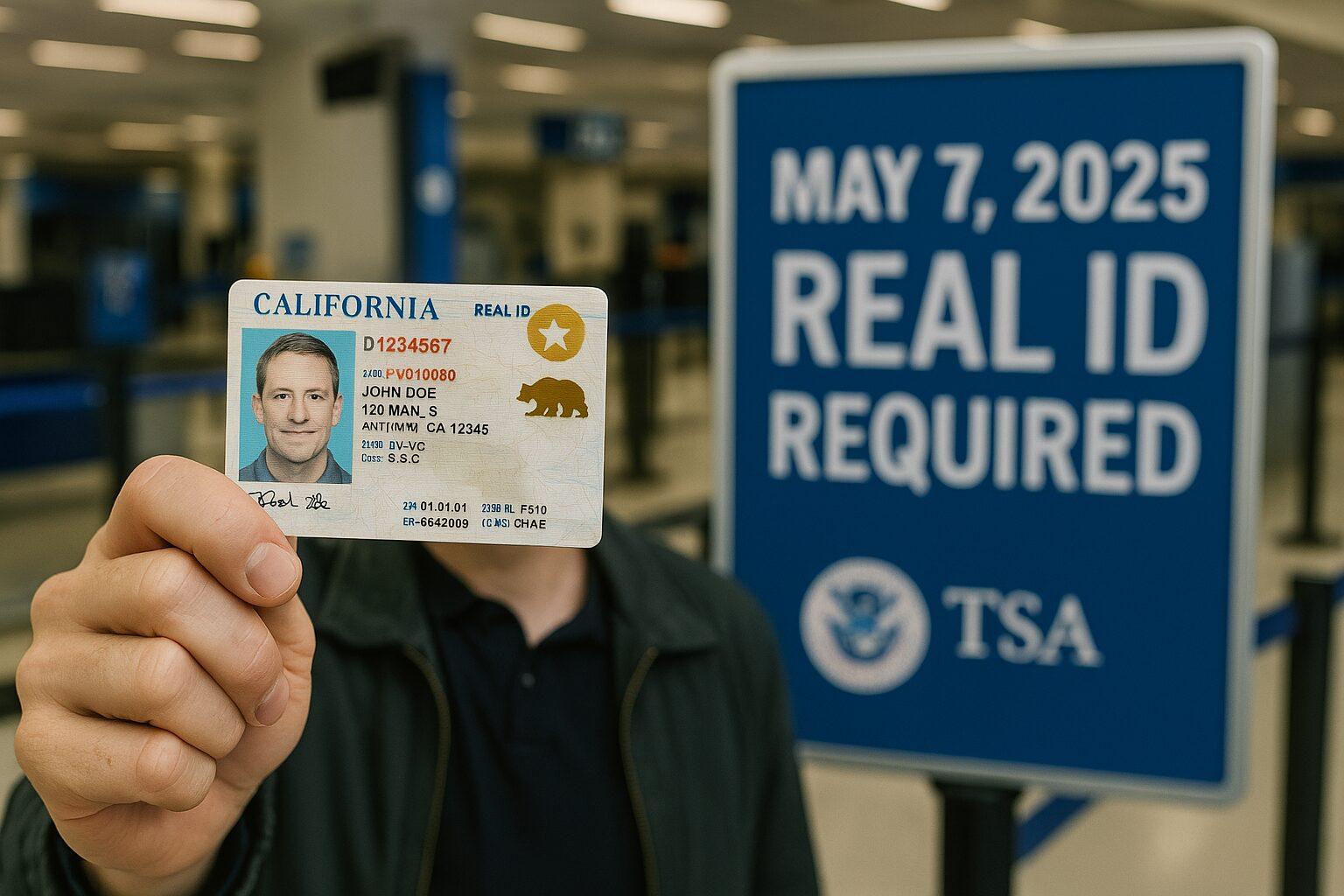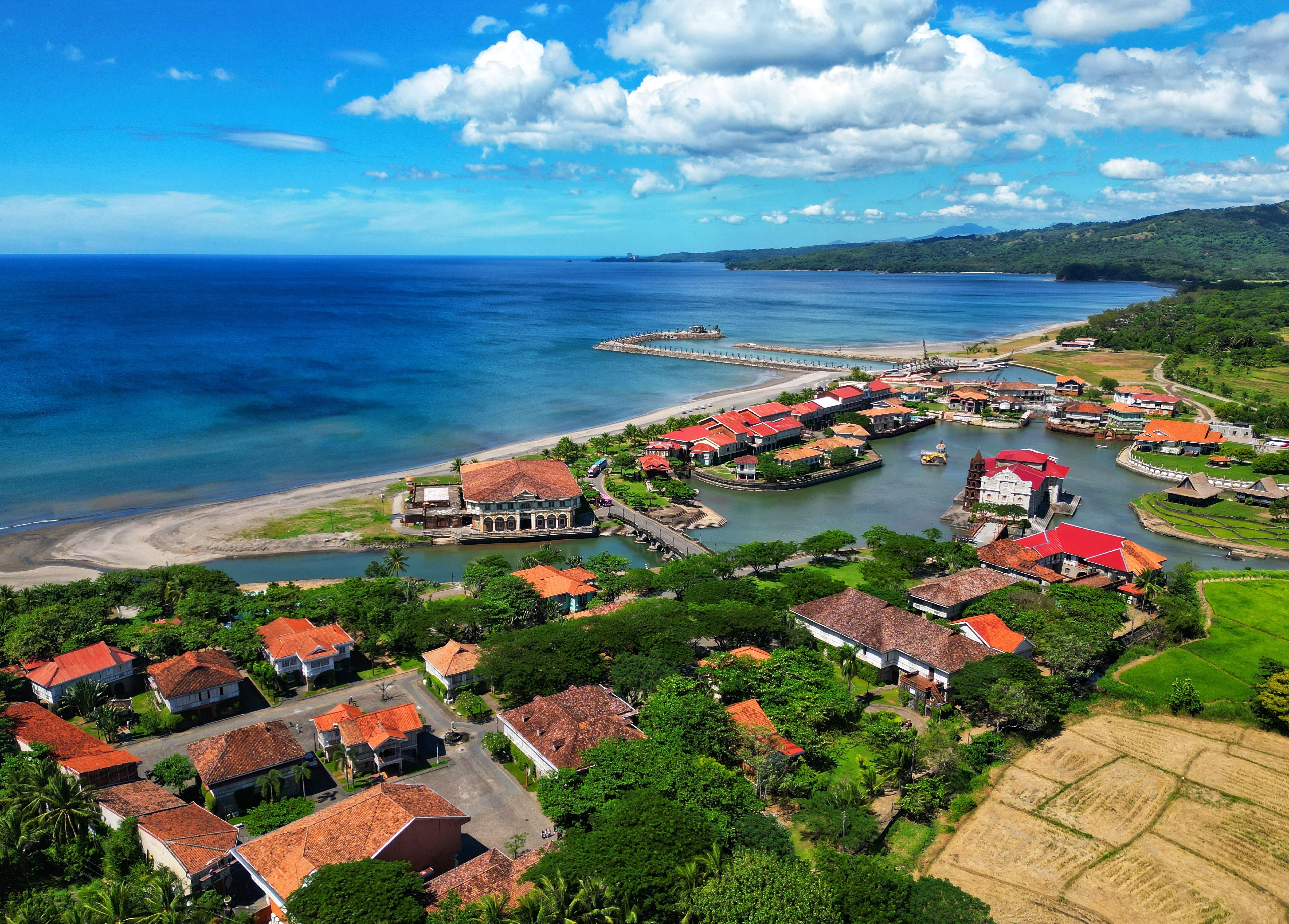Many Filipinos in the United States are looking at the possibility of traveling back to the Philippines even while the world is going through a pandemic.
However, the tourism sector stakeholders are asking them not to travel back in the next three to four months, if possible.
“I wouldn’t really recommend it for now, nakita naman natin (we have seen) how stringent the policies are, the quarantine, swab testing. Definitely we see that the balikbayan market, the Fil-Am market will be one of the first ones to come back once travel restrictions are eased, once flights are easier to come by,” said Tourism Congress of the Philippines President Jose Clemente III at a virtual Kapihan sa Manila Bay forum.
His colleagues, including Ricky Isla of Air Asia, agreed, “unless it is really urgent.”
“Maraming (There are many) factors to be considered like flights. At this time, it is still very tumultuous, there are so many things still up in the air. Maybe towards Christmastime, okay na (then),” Clemente added. “Kung hindi naman kailangan umuwi, huwag na muna kayong umuwi (if you don’t need to come home, don’t go home for now). It’s not that we don’t want you here, but we don’t want you to go through all the inconveniences that you have to go through.”
Tourism Secretary Berna Romulo-Puyat chimed in and agreed with her colleagues as well and mentioned the policies that they have been crafting in order to ensure that once the country has fully reopened, travel would be safe for both tourists and the communities in the destinations that they are going to visit.
Puyat shared that they have developed a Tourism Response and Recovery Program to make sure that every stakeholder is ready to get back on track and the gaps in tourism infrastructure are addressed. The TRRP was made in coordination with the respective national agencies and private sector tourism stakeholders through the Tourism Congress of the Philippines (TCP).
She said she is looking forward to the signing of the proposed P1.3-trillion Accelerated Recovery and Investments Stimulus for the Economy (ARISE) Act, where DOT-accredited tourism enterprises will be assisted through interest-free loans or issuance of loan guarantees with terms of up to five years for maintenance and operating expenses.
Also included in the ARISE bill is the utilization of information technology for the improvement of tourism services, development of a tourist tracking system for emergency response and establishment of a spatial database to improve planning capacity.
“Let’s introduce things that will enhance the travel experience like cashless, interactive and integrated experiences. Safety first, then innovation to make things better,” said Talino Ventures Lab chief executive officer Winston Damarillo. “Dahan dahan (slow) and progressive recovery, starting with making sure that it is safe and mako-contact trace natin ang lahat ng mga (and we can contact all) guests. Let us take this opportunity to innovate habang nag-re-recover tayo (while we are still recovering).”
Damrillo and his team have developed an app called SafePass, which he said can help in contact tracing and can be done digital and contact-free.
For now, however, the tourism sector is looking at domestic tourism as a start since there are still travel restrictions all over the world.
“Huwag nating maliitin ang (let us not underestimate) domestic tourism, it is very, very important. Out of the 12.7% of our GDP, 11.1% is actually from domestic tourism,” Puyat said. “I see the light at the end of the tunnel. Palawan, Baguio, we have places that are under modified GCQ. It is up to the data.”
Asked about when they think situations would begin to normalize, the panelists gave their forecast.
“To be realistic about it, with the vaccine, maybe in the next 12 to 18 months. Without it, maybe 18 to 24 months. It may not be something that people want to hear, but it is realistic,” Clemente said. “I am more on the conservative side of it. This is going to take a while.”
Arthur Lopez, president of the Philippine Hotel Owners Association, echoed what Clemente said and added that while returning to a normalized state could happen in two years, getting back to a pre-COVID-19 state is possible in three years.






